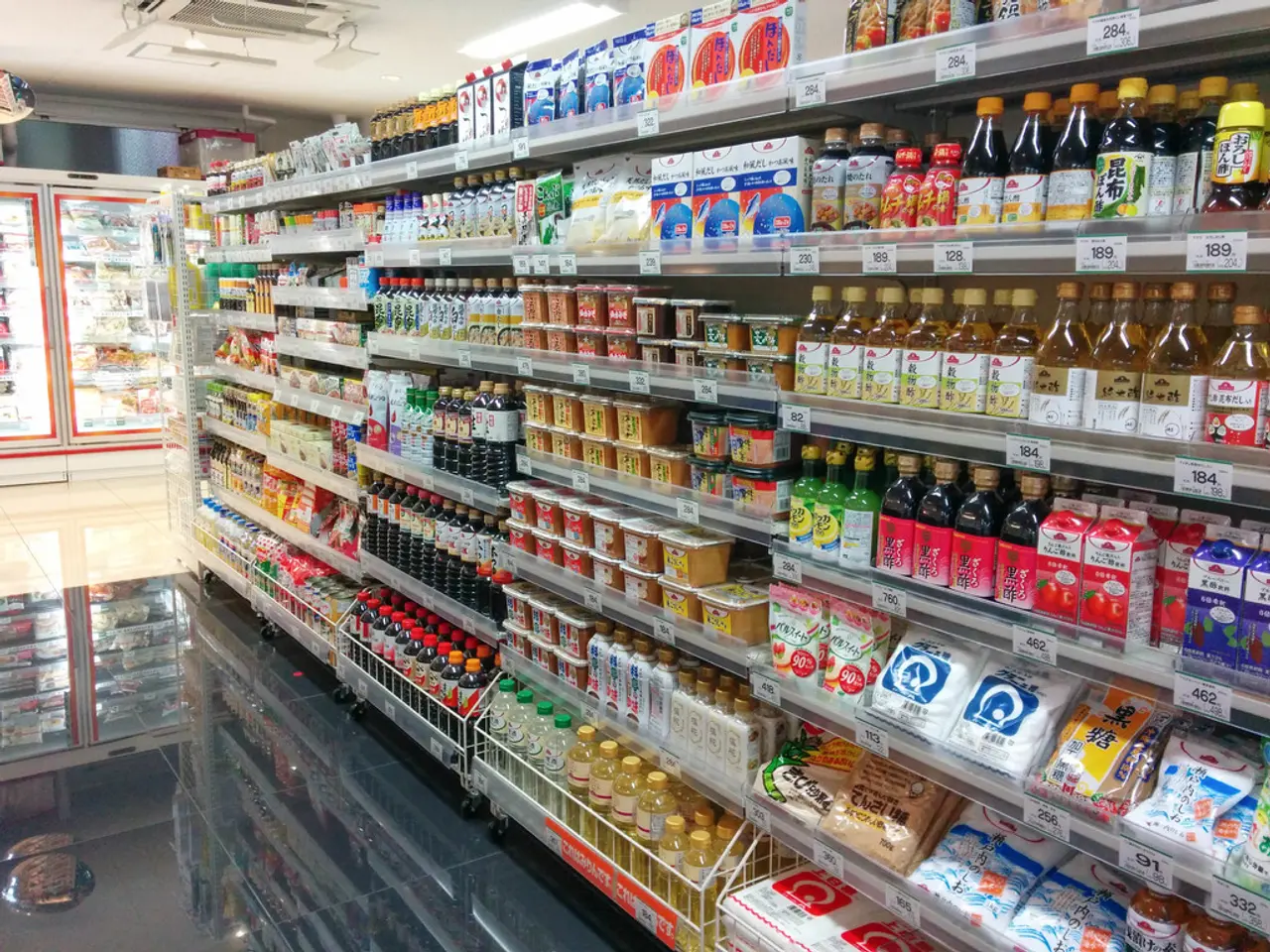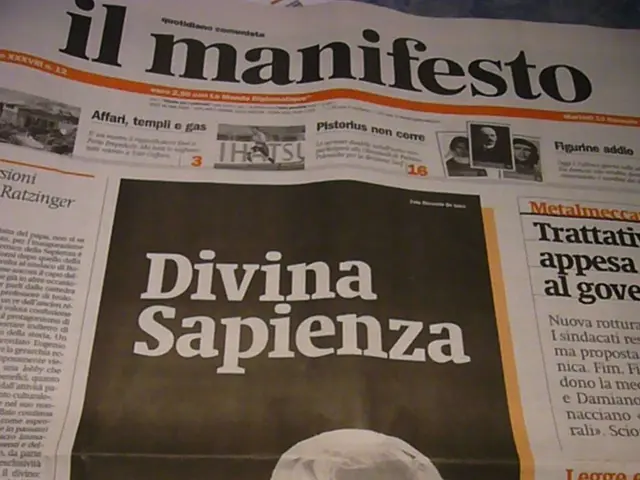Sharp variations in the cost of grocery items observed in Estonia, as reported by Postimees
In the latest food price comparison conducted in Tallinn, the price gap between grocery baskets at different retail chains has significantly widened over the past few weeks. This surge in prices is not solely due to differences in retail space or store density, but rather a combination of various factors.
According to the survey, conducted on Thursday using data from the Tarbi Targalt mobile app, Grossi Toidukaubad now holds the title for the most expensive basket, with prices rising by a steep 9.88 euros over two weeks, marking a 13 percent increase. Rimi, previously the most expensive chain, managed a slight price reduction, decreasing by 78 cents.
Despite no change in the price of Lidl's food basket compared to two weeks ago, it remains in third place, with a price of 63.27 euros. Prisma, which held the lowest price in the previous comparison, is now in second place, with a price of 59.77 euros, a decrease of 3.20 euros or 5.3 percent.
The new methodology used by Postimees in cooperation with the Tarbi Targalt mobile app was implemented in July 2024. This methodology ensures that prices come from both stores and app users, with averages used for comparison when products are unavailable.
Experts and industry leaders argue that the primary driver of soaring food prices is not the high volume of stores per population in Estonia. Key factors influencing the widening price gap include food price inflation and rising costs of goods, varied pricing strategies and competition intensity, recent VAT increase impacts, and retail format changes.
Consumer prices in Estonia have been increasing steadily, with food prices 3.9 percent higher in July 2025 compared to the previous year. This general inflation affects retail chains differently depending on their sourcing, supply contracts, and pricing strategies.
The presence of multiple supermarket chains in Tallinn (up to nine major ones) leads to competition, but the differences in operational efficiency, cost management, and pricing policies among these chains can cause price variations. Some heads of retail chains acknowledge that the number of stores can exert cost pressures but do not see it as the main cause of disparities in food prices.
Eesti Pank notes that the effects of recent VAT hikes are expected to further influence prices in coming months, likely contributing to price discrepancies between chains as they adjust to tax changes at different rates or timelines. There is also a shift away from large hypermarkets toward smaller stores, which can affect cost structures differently across retailers, leading to variations in grocery basket prices.
Overall, the price gap surge likely results from inflationary pressures on food products, the adaptation to VAT changes, and differences in how retail chains manage their cost structures and competition dynamics, rather than simply the amount of retail space or store quantity.
In addition to Grossi Toidukaubad, Maxima now holds the title for the most expensive basket, with prices rising by a steep 9.88 euros over two weeks. Coop moved up to fourth place, improving from fifth, with its basket dropping by 46 cents to 64.20 euros. Selver dropped to fifth place, where its basket cost 64.29 euros, nine cents less than before.
The price difference between the cheapest and most expensive grocery baskets has more than doubled in recent weeks, from 6 euros to 14.72 euros. It is essential for consumers to stay informed about price changes and shop wisely to manage their budgets effectively.
In the ever-evolving business landscape of Tallinn, the food industry is witnessing a significant rise in prices across various retail chains. This increase is not solely attributable to the quantity of retail spaces or store density, but rather a complex interplay of factors such as food price inflation, rising costs of goods, varied pricing strategies, competition intensity, VAT increases, and retail format changes.
The intense competition among multiple supermarket chains in Tallinn (nine major ones) does contribute to the price variations, but the operational efficiency, cost management, and pricing policies among these chains play a crucial role in determining the prices of their respective grocery baskets. Hence, it is essential for consumers to stay informed about price changes and adopt strategic shopping to effectively manage their finances.




